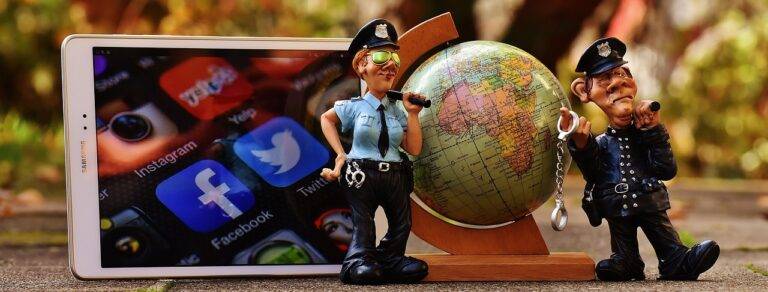Tech in Event Management: Innovations and Solutions
Event technology is constantly evolving, with new trends shaping the way we plan and execute events. One prominent trend is the increasing use of event mobile apps to enhance attendee engagement and provide real-time event information. These apps not only streamline the registration process but also offer networking opportunities and personalized schedules for attendees.
Along with mobile apps, event planners are leveraging the power of data analytics to gain valuable insights into attendee behavior and preferences. By analyzing data collected from registration forms, survey responses, and social media interactions, organizers can tailor their events to better meet the needs of their audience. This data-driven approach allows for more personalized experiences and helps in improving event ROI.
The Impact of Virtual and Augmented Reality
Virtual and augmented reality have revolutionized the event industry by providing immersive experiences for attendees. Through these technologies, event organizers can create interactive environments that engage participants on a whole new level. Virtual reality allows users to be transported to different locations or scenarios, while augmented reality enhances the real world with digital elements, adding a layer of interactivity to events.
One of the key advantages of virtual and augmented reality in events is the ability to personalize experiences for attendees. By tailoring content to individual preferences and providing unique interactions, event planners can create memorable moments that leave a lasting impact on participants. Additionally, these technologies offer opportunities for increased engagement and participation, as attendees become active participants in the event rather than passive observers.
What are some of the key trends in event technology?
Some key trends in event technology include the use of virtual and augmented reality, interactive experiences, live streaming, and personalized attendee experiences.
How can virtual and augmented reality impact events?
Virtual and augmented reality can greatly enhance events by providing immersive experiences, increasing attendee engagement, enabling remote participation, and showcasing products or services in a unique way.
What are some examples of how virtual and augmented reality are being used in events?
Virtual and augmented reality are being used in events for virtual venue tours, interactive product demonstrations, gamification experiences, virtual networking opportunities, and training sessions.
How can event organizers incorporate virtual and augmented reality into their events?
Event organizers can incorporate virtual and augmented reality into their events by partnering with technology providers, creating custom VR or AR experiences, integrating VR or AR elements into existing event platforms, and providing the necessary equipment for attendees to participate.
What are some potential challenges of using virtual and augmented reality in events?
Some potential challenges of using virtual and augmented reality in events include the cost of implementation, the need for technical expertise, potential barriers to accessibility, and ensuring a seamless user experience.





